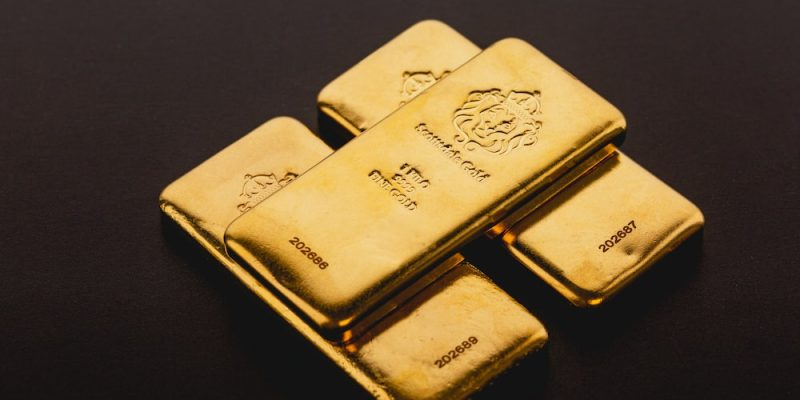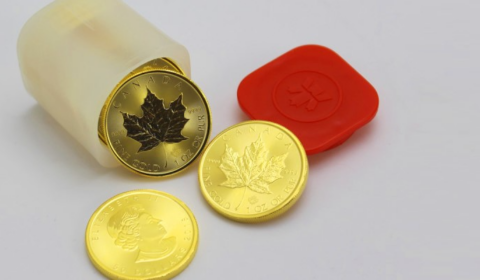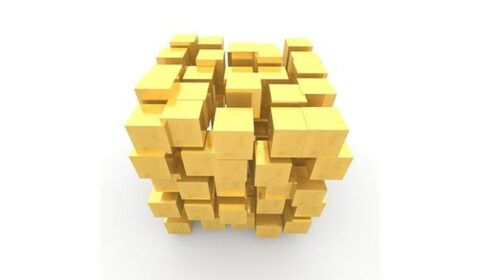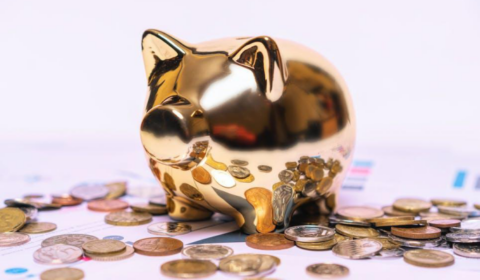Why You Need To Invest In Physical Gold Today!

The following article is created by Orion Metal Exchange for the benefit of our investors and perspective investors alike. We seek to provide relevant content concerning precious metals and the impact caused by the economy and geopolitical trends that will most likely place impact on your financial future. If you are interested in learning about precious metal investing, call 1-800-559-0088, for a FREE investor kit.
All investors should be appropriately diversified, and precious metals are a key component to a properly diversified portfolio. The percentage of physical precious metals you own should be based on market and economic trends and should align with your personal financial goals.
Protecting Purchasing Power
Because of inflation, most US citizens are having to adjust to a lower standard of living. Inflation is another form of taxation. An “inflation tax” is regressive. The definition of regressive is to return to a previous and less advanced state. Precious metals are considered by many as the best way to protect against the regressive effects of inflation. When comparing gold to the dollar, the cost of goods, services, and commodities became less expensive in gold and more expensive in the dollar over the past 50 years. This is why savvy investors continue to invest in gold or silver.
Paper currency values can be manipulated by government policies. As a government continues to print paper currency, the paper’s purchasing power weakens, and the costs of goods, services, and commodities rise. Gold is a commodity that must be tangibly produced as opposed to simply printed. The cost to produce gold rises with inflation. Paper currencies lose value due to excessive government deficit spending. As a government goes further in debt, precious metals will offset the loss of purchasing power over time.
No Counterparty Risk
Unlike many traditional paper investments, physical gold carries zero debt. This means that no one can borrow or loan against your physical gold holdings. When debt is associated with an investment, a higher level of risk is present. Due to the absence of debt, physical gold coins are considered a conservative long-term investment.
Gold Is a Liquid Asset
Liquidity is a crucial element in any financial asset. Gold coins are extremely easy to buy and sell. For example, a generic gold Eagle coin is globally recognized and accepted in exchange for goods and services due to its intrinsic value and demand.
Gold is recognized by central banks and governments alike as a store of value. Many sovereign mint coins, like the American gold Eagle coin, are legal tender designated. Individuals can exchange sovereign mint produced precious metal coins for goods, services, and fiat currencies anywhere in the world. Gold is the ultimate global currency.
Gold Is Portfolio Insurance
Gold is commonly viewed as an insurance policy for your portfolio. Gold and silver coins can be utilized as a hedge against geo-political uncertainty. Gold is used as an investment vehicle to protect against fiat currencies and arbitrary government policies. When the values of other assets decrease, gold can rise in value to promote portfolio balance and stability.
Physical gold is not prone to mismanagement or mishandling by corporations or government entities. Gold is not subject to government policy changes. For example, when you own a gold Eagle coin, no one can borrow or loan against your gold coin. Physical gold is free from the risk associated with debt.
Physical Gold Is a Requirement to Proper Diversification
If you do not own physical precious metals, you must first purchase a core position in precious metals to be properly diversified. Once you own a core position in physical precious metals, look to strengthen your precious metal holdings on a value basis. Remember, buy low and sell high. Gold, silver, platinum, and palladium do not move in lockstep with each other. They can fluctuate independently in value, and based on market conditions, one may offer a better value and more upside potential than another.
The percentage of physical precious metals you own should be based on the current market trends and your personal financial goals.
FAQ: Your Key to Understanding!
What are the benefits of investing in physical gold compared to other assets?
Investing in physical gold offers a tangible hedge against inflation and economic instability, providing a store of value that tends to withstand market fluctuations. Unlike paper assets, gold helps maintain purchasing power over time and serves as a reliable diversification tool in investment portfolios.
Can physical gold be included in retirement accounts like IRAs, and if so, what are the rules and considerations?
Yes, physical gold from Orion Metal Exchange can be included in IRAs. Contact their IRA department by phone to establish a precious metal IRA account. With Orion Metal Exchange, you can buy, sell, and exchange precious metals within your retirement account, benefiting from their expertise and services.
How does Orion Metal Exchange ensure the authenticity and quality of the physical gold they offer?
Orion Metal Exchange ensures the authenticity and quality of their physical gold through various measures. They offer insured commercial depository storage services, providing third-party storage options to verify, secure and insure precious metals. Additionally, they provide insured and discreet home delivery, allowing customers to guarantee purchase pricing and receive their precious metals securely and conveniently.
Orion Metal Exchange presents this article for both our investors and perspective investors, offering insights into precious metals and their relevance amidst economic and geopolitical trends. To explore precious metal investing further, dial 1-800-559-0088 for a FREE investor kit.
Contact us today to learn more about our services.






